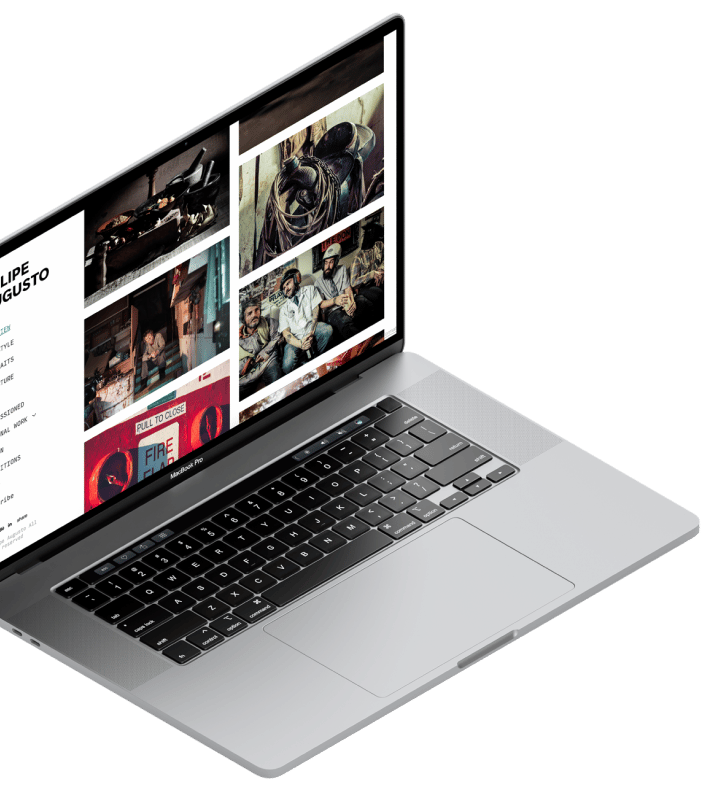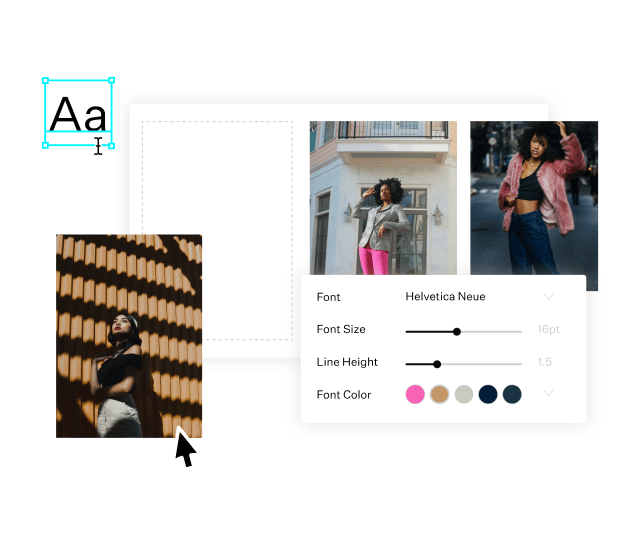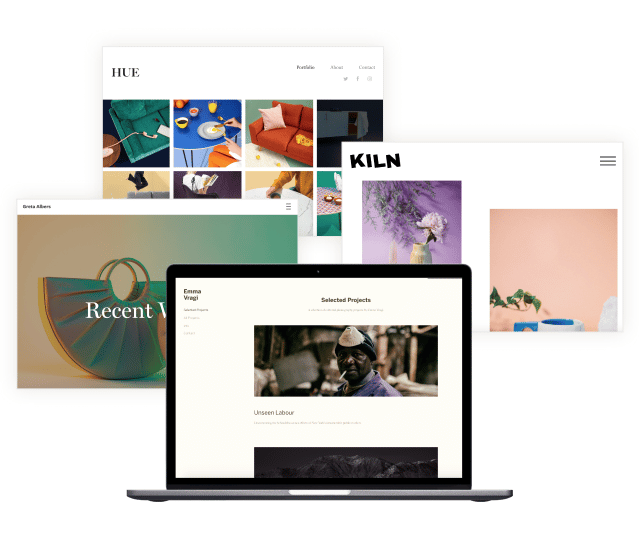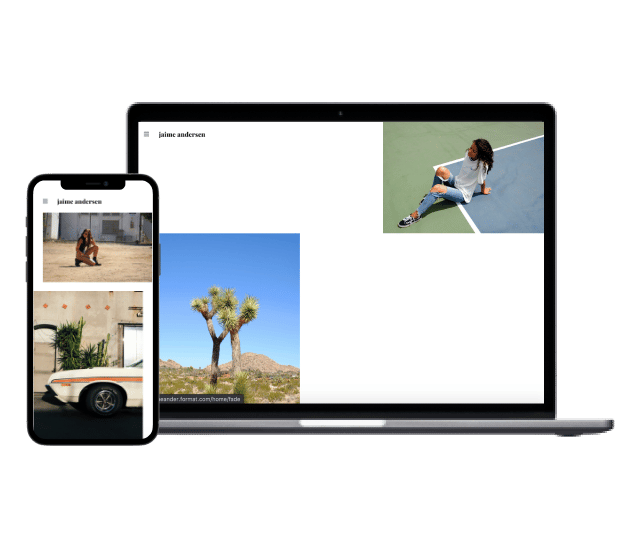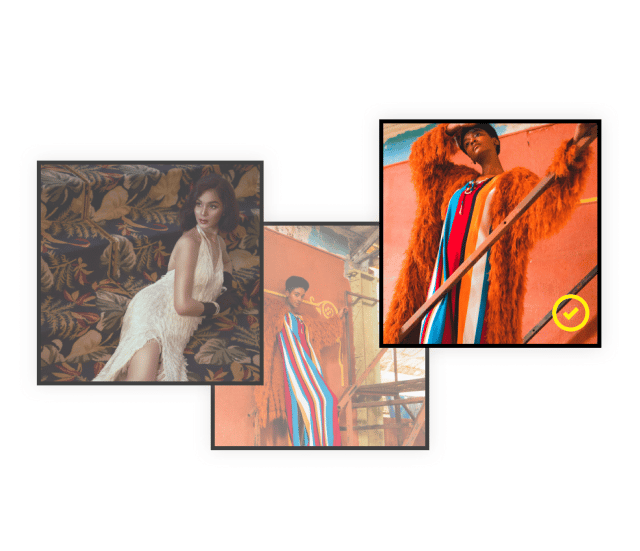
Starting an Editorial Photography Business
If you’ve done some initial research into setting up a successful photography business, then you should know that having a photography “niche” or “specialty” can give you an edge that helps you stand out amongst the sea of other aspiring photographers.
In other words, having a specialty and playing to your strengths as a photographer can help you market yourself to the right audience (i.e. targeted marketing means more clients which mean more profit for you).
Getting published in magazines is a huge part of editorial photography. Having your images featured is a huge success and achievement for any photographer. But building an editorial photography business takes time.
First, you will need to begin putting together your portfolio and website to showcase your work. Whether you have images published in magazines and newspapers or not, it’s important to display your eye for editorial photography. A website will house all of your creative work, and help promote your work and get discovered by potential clients.
Once you’ve set up a website, make sure you network and get your name out there. Create and build relationships with industry professionals, especially those who work in publishing companies. Reach out to acquaintances or connect with individuals on LinkedIn. You may want to connect with other creative professionals too and see if there are opportunities and possible gigs to build your editorial portfolio.
Don’t forget to submit your photography to publications as well. If you haven’t been published, this is a good way to get your foot in the door. With your portfolio website ready and live, you can pitch ideas to magazines and share your work with them. Get noticed by the magazines and start building the relationship for a chance to get published.
